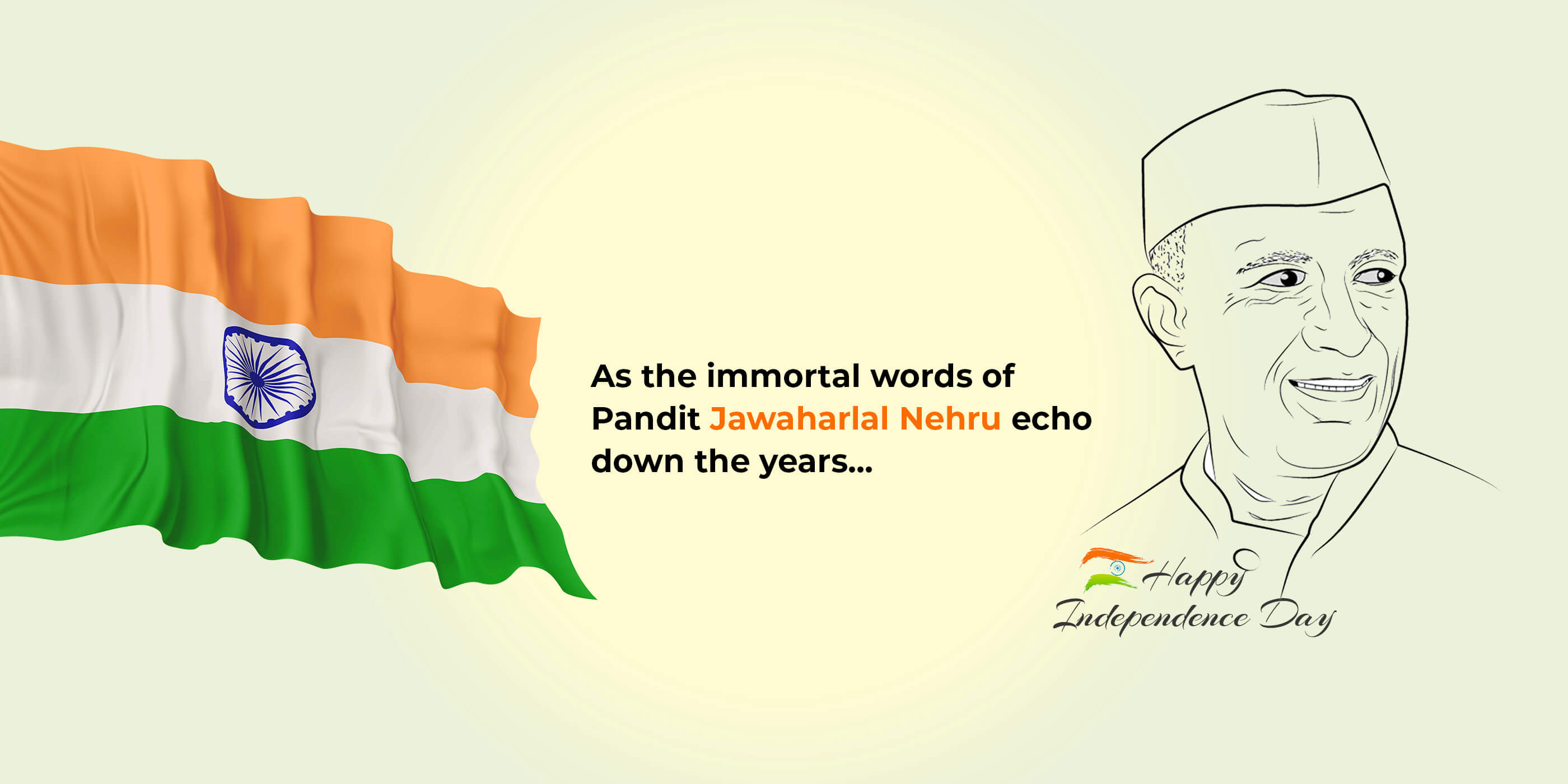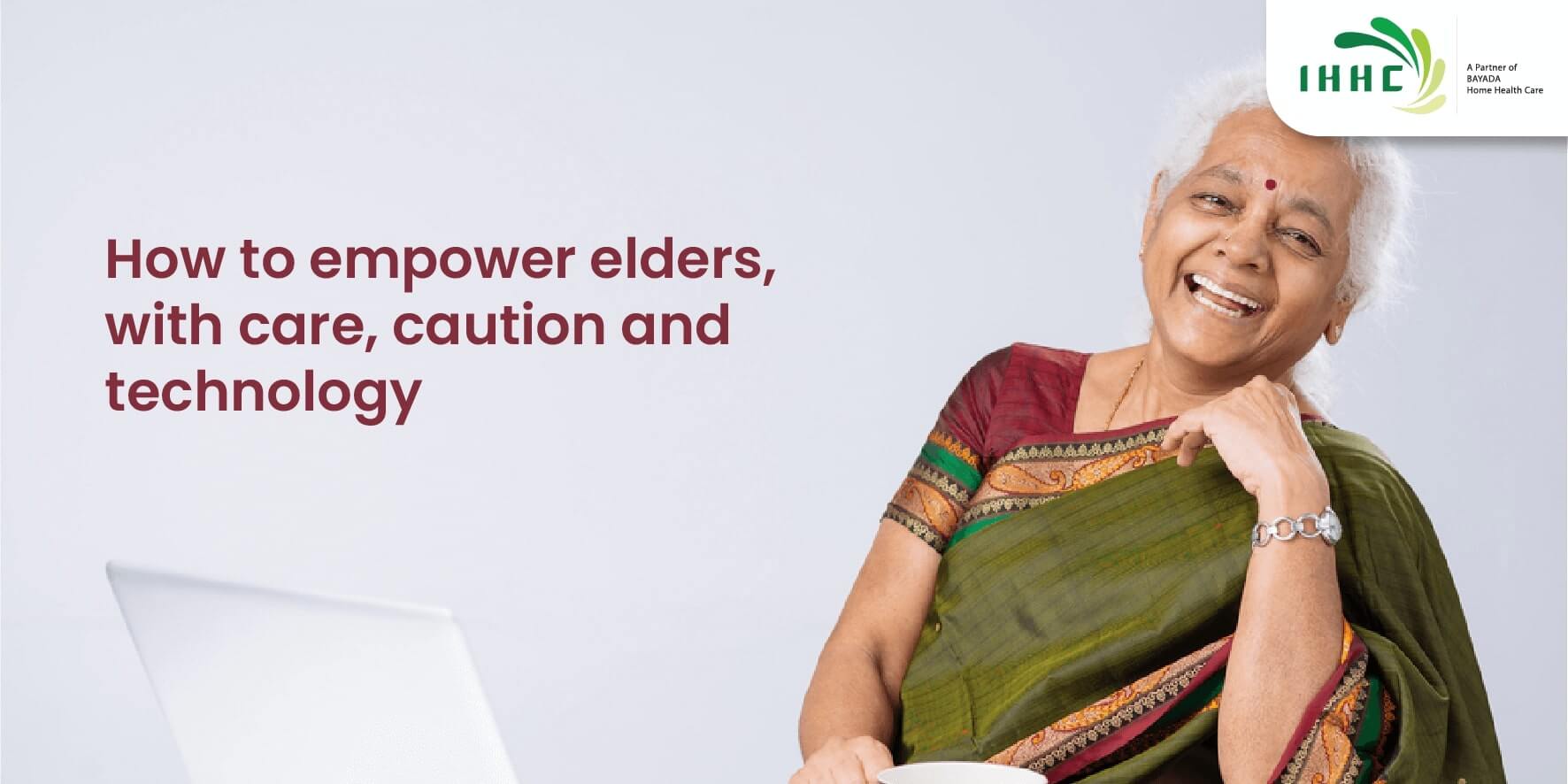Is there a need for home healthcare in India?
“Long years ago, we made a tryst with destiny, and now the time comes when we shall redeem our pledge, not wholly or in full measure, but very substantially. At the stroke of the midnight hour, when the world sleeps, India will awake to life and freedom.”
Triumphs to celebrate…
A deepening of democracy, the ever-strengthening success of our parliamentary form of government, rule of law, people’s faith in the democratic process and institutions, are the most resounding achievements of independent India.
In the last seven decades, India has come a long way: from a poor country that ranked low on key development and performance metrics to a fast-developing economy that’s growing at a quicker pace than many developed nations. The first signs of a truly democratic nation was exemplified by Shyam Saran Negi,thefirst person to cast his vote in thefirstgeneral election held in October 1951 – part of a 47.7 percent voter turnout. Notably, India was one of the first countries to give women the right to vote.
“At the dawn of history India started on her unending quest, and trackless centuries are filled with her striving and the grandeur of her success and her failures. Through good and ill fortune alike she has never lost sight of that quest or forgotten the ideals which gave her strength. We end today a period of ill fortune and India discovers herself again.”
There are many milestones that mark the regeneration and rediscovery of India. In the fields of technology and science, there is the launch of the Mars Orbiter Mission (MOM) or Mangalyaan, on 5th November 2013, by ISRO - the Indian Space Research Organisation.
Where education is concerned, India is home to over 1.3 billion people of which 73.04 percent are literate. A very big accomplishment for a developing nation. Yet, when India opted for a democratic form of government in 1947, giving the right to vote to all Indians, the developed world (that is the West) was sceptical about “Illiterates running Parliament” since the literacy rate in 1951 stood at meagre 18.3 percent… a major joke at the time. We have truly come a long way since then…
The rapid growth of telecommunication is India is quite awe inspiring. Till the mid-80s, getting a telephone line was a aspirational dream for the majority of Indians. A 10 – 20 year wait for a telephone line was nothing out of the ordinary in urban centres. In the villages of India, access to a phone was an unrealistic dream! But, what a change there has been in this scenario…
In less than two decades, India has transformed herself into the second largest connected country in the world, by the number of telephone users (both fixed and mobile phone). India's telecommunication network has over 1.153 billion subscribers as of May 2018…enabled by mega telecom operators, and the hyper-competition among them, the country offers the lowest call tariffs in the world. India also has the world's second-largest Internet user-base, with 432 million internet subscribers in the country.
“Freedom and power bring responsibility… Before the birth of freedom we have endured all the pains of labour and our hearts are heavy with the memory of this sorrow…Nevertheless, the past is over and it is the future that beckons to us now.That future is not one of ease or resting but of incessant striving… It means the ending of poverty, ignorance, disease and inequality of opportunity.”
Trials we learned from…
The war of 1962 transformed India’s stand from that of a peace loving country to “Peace with Power”. Our defence budget and military strength were increased substantially, supported by advanced training and equipment. Today, India’s military is the world's third largest military force. The strategic impact of this increase in muscle power had the effect of India presenting her opinions at world forums, decisively and firmly.
The war of 1971. On December 3, 1971, the Pakistan Air Force launched pre-emptive strikes on airfields in Western India. India promptly responded by formally declaring war in the early hours of December 4, 1971. The speed and scale of India’s victory in this war was due to leadership, logistics, strategy - as well as chance and contingency. Valuable lessons were learned by the country’s military and political leaders. The instrument of surrender was signed by Lt Gen A A.K. Niazi, with Lt Gen J S Aurora looking on, at 4.55 pm in Dhaka, on December 16, 1971. This remains the most memorable and iconic image of the 1971 War.
“And so, we have to labour and to work, and work hard, to give reality to our dreams. Those dreams are for India, but they are also for the world, for all the nations and peoples are too closely knit together today for any one of them to imagine that it can live apart.”
Words that were so prescient in those far of days, suggesting a globalised world that is the reality today. From a mixed economy, that grew at the rate of 3.5 to 4 per cent in the 1950s to 1980s, India’s transition from semi-socialist to market economy has unleashed faster growth and development in the last 25 years. The opening up of the economy in 1991, and a series of subsequent reforms since then, have not only lifted millions out of poverty but expanded the domestic market for goods and services, delivered financial prosperity and higher purchasing power to millions of middle class citizens. Today. this is in excess of 250 million people, which makes India a robust domestic consumption market economy. It is no wonder that multinationals, venture capitalists, private equities and foreign participatory investors are betting on the India growth story.
“To the people of India…we make an appeal…This is no time for petty and destructive criticism, no time for ill-will or blaming others. We have to build the noble mansion of free India where all her children may dwell.The future beckons to us…To bring freedom and opportunity to the common man, to the peasants and workers of India; to fight and end poverty and ignorance and disease; to build up a prosperous, democratic and progressive nation, and to create social, economic and political institutions which will ensure justice and fullness of life to every man and woman.”
Jai Hind.




